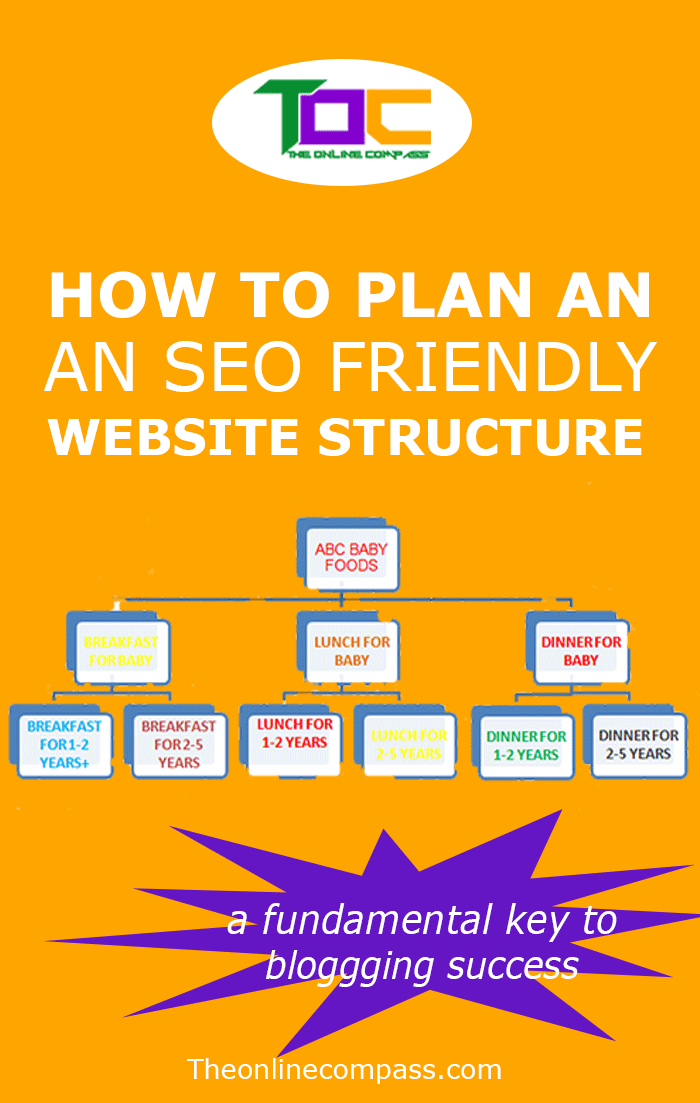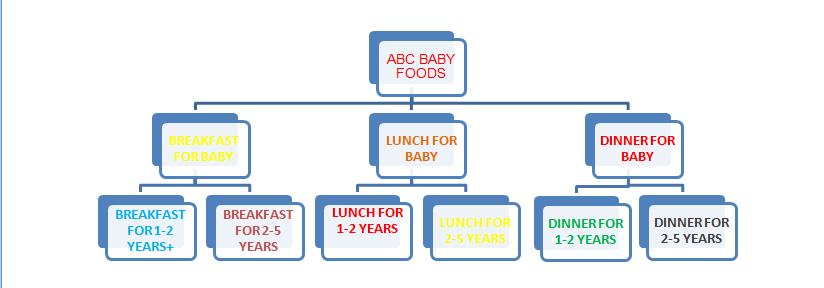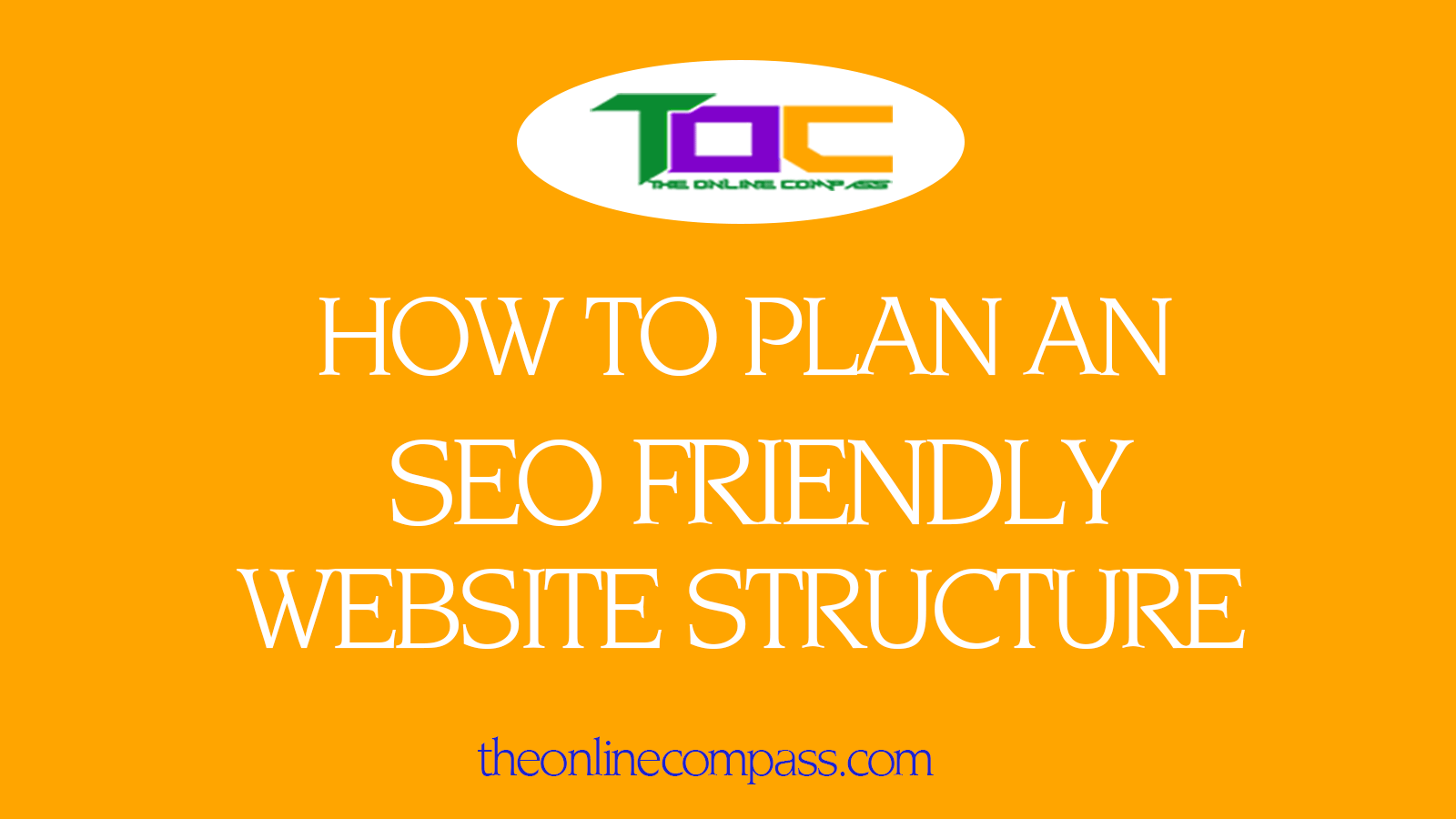How to plan an SEO friendly website structure
Understanding how to plan a website structure is fundamental to the success of your site. As the saying goes, “he who fails to plan, plans to fail.”
This saying rings through in every area of our lives including creating an SEO friendly website structure.
What is site structure?
Site structure is simply an organisational structure of your site that makes it easy for search engine crawlers to locate and crawl your site easily, index your content quicker and deliver it in searches. Another way to look at it is that it’s the framework of your site made for easy navigation throughout your site.
An excellent site structure helps to describe precisely the hierarchy of the content on a website.
How you plan your website structure determines whether your readers will find your site content, read it, act on it, and perhaps remain your loyal readers. Unfortunately, many bloggers don’t know how to plan SEO friendly website structure, and as such most of their posts are buried in the depth of their site from the views of their readers.
Because many readers are hungry for good and satisfactory stuff and are willing to devour as much as they have access to, they simply leave your blog or site in search of other blogs that can best meet their needs. Consequently, google webmaster comes with its sledgehammer and slam a high bounce rate report on your site.
This is why I believe it’s important to learn how to plan your website structure to enhance SEO.
How to plan a website structure
A blog should have a proper structure to enable easy navigation within the site. Most important structures are the categories, tags and posts connectivity within the blog.
Creating blog categories help you to organise the post on your site by heading or titles.
Now, let me quickly say this, your blog could be likened to a home. And we all know that there are well-organised homes as well as disorganised homes.
Just like a home, a blog could be either organised or disorganised. A disorganised blog sends the wrong signal to search engine crawlers and visitors that visit your blog. And this is bad for SEO.
WHAT SHOULD A PROPER SITE STRUCTURE LOOK LIKE?
An excellent site structure is hierarchical in nature and follows the layout of a pyramid. This structure consists of multiple entities that begin with the main heading. And this main heading is divided into categories. The category, in turn, further descends to subcategories.
See an example of a hierarchical website structure below
SITE STRUCTURE DIAGRAM
A site structure like the one above does a lot to pave way for a strong SEO foundation.
When should you plan your website structure for SEO?
The best time to structure your website is before you even start designing it. Whatever structure you are planning to create must enhance your user’s experience.
Most importantly, it should be devoid of every form of complexity. In order words, make it as simple as possible.
However, If you have a site already, you might be wondering if it’s possible to still give it a new facelift. Of course, you can. Like you’d do if the site was in the creation stage, create site structure and restructure the site accordingly.
There is nothing as harmful to your site as a disorganised structure. It comes with dire consequences.
Have you ever visited a site where you had great difficulty sorting through the many post and pictures to get to what you were looking for? To say the least, it’s not a pleasant experience. It repels your site visitors faster than you can possibly imagine.
Your site structure is a power element that paves ways for strong SEO foundation. This leads to an increase in organic search and an increase in the amount of time readers spend on your site. With the resultant effect of a decrease in your site bounce rate.
Let’s sum up the reasons why you need an SEO friendly website structure.
Why plan an seo friendly website structure
- Better users’ experience
Like I mentioned earlier, when you have an organised hierarchy of pages on your site, you make it a lot easier for your visitors to find your pages without fuss. This in return leads to lower bounce rate and increased ranking.
2. Improved SEO
Proper structuring of your site which includes classifying your post into categories and internal linking of related posts does not only improves user’s experience but also helps search engine crawler to find your pages. This helps your SEO.
- It helps your old post to remain findable
Blogging entails a lot of content creation and if you don’t do the needful, you may find your older post are too buried in your blog for visitors to find. But with proper categorization, subcategorization and internal linking to older pages this problem is reduced to the barest minimum. or totally eliminated.
BEST TIPS ON HOW TO PLAN YOUR WEBSITE STRUCTURE
- Plan out a hierarchy before you start your site
If you are starting your site from scratch, you are in the best position to plan out your site hierarchy.
This is the time to think of how to organise your site logically for easy information flow and accessibility. It’s important to do this with utmost care because this is what will determine the structure of your URL.
.
2. Your site structure should be as simple as possible and not complex.
Bearing in mind the essence of Seo friendly website structure is to make the navigation of your site easy for search engine crawler and for your users. It’s best to use a shallow Site structure depth that is reachable with at most three (3) clicks.
Using shallow navigation structures ensures important pages are not buried within the site. especially older ones.
More often than not, it’s easy to achieve a shallow site structure in a small site than a large site.
The website structure above of ABC baby food site is an example of a simple SEO site structure.
Header —– “ABC Baby foods,”
Categories —– With 3 categories such as breakfast for baby, lunch for baby and dinner for baby.
Subcategories for breakfast for baby.
Breakfast for 1-2 years
Breakfast for 2-5 years
Subcategories for lunch for baby
Lunch for 1-2 years
Lunch for 2-5 years
Subcategories for dinner for baby
Dinner for 1-2 years
Dinner for 2-5 years.
A site structure as simple as this gives your site user an organized visual pathway to all the content on your site.
With a simple (1-2) website structure like this, it’s much easier for both search engine crawlers and human users to navigate the site.
However, some site structure may be more complex than this. For larger websites, the third level is typically needed to maintain a solid hierarchy. I’ve even seen some websites go four levels deep. Regardless of the size of your site, it’s extremely important to plan the structure with SEO in mind.
3. Create effective Internal links
Internal linking is simply a process of linking one page to another within the same domain. Internal linking helps engine crawler to quickly index a page, especially if the page is linked to a page that already has authority. This ends up improving the overall authority of your site.
Link your pages wisely using exact match and keyword rich anchor text to link your pages.
4. Ensure your URL structure is in harmony with your site hierarchy.
Structure your site URL to reflect it’s hierarchy. Looking at the chart above the URL structure for the subcategory “lunch for 1 to 2 years” should look like this:
Www. abcbabyfood.com/lunchforbaby/lunchfor1-2years.
let’s take another example using the category “dinner for baby.”
It would look like this: www.abcbabyfood.com/dinnerforbaby.
For WordPress users, WordPress has a default URL structure and that is not SEO friendly. WordPress automatically set default permalinks after the installation.
5. Homepage
Your home page is the navigation hub of your site. And it carries the highest amount of your site juice link. Fortunately, juice links can be shared!
Since it can be shared, then it’s only wise to allow juice link from your home page to flow to other less visible pages on your site. By doing this, the less visible pages receive greater strength, and as such have a higher chance of being visible in search engine.
Therefore, if there is any article or product you want to make visible on your site, then you should link to it from your homepage. This doesn’t only make it visible, but it also shows the search engine which page is most important to your business.
10 DAYS TOC FREE BLOGGING COURSE
This course is designed to help you develop a strong foundation in blogging in a very short time because it takes you straight to the core component of blogging that works.











